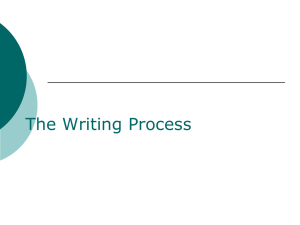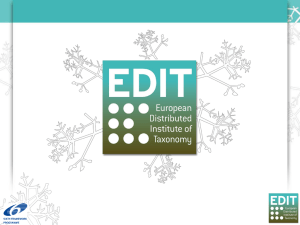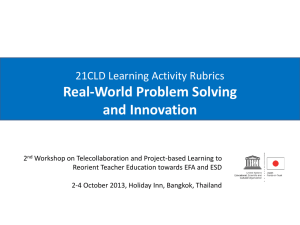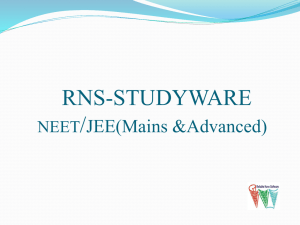Green Infrastructure Design - Southeast Florida Regional Climate
advertisement
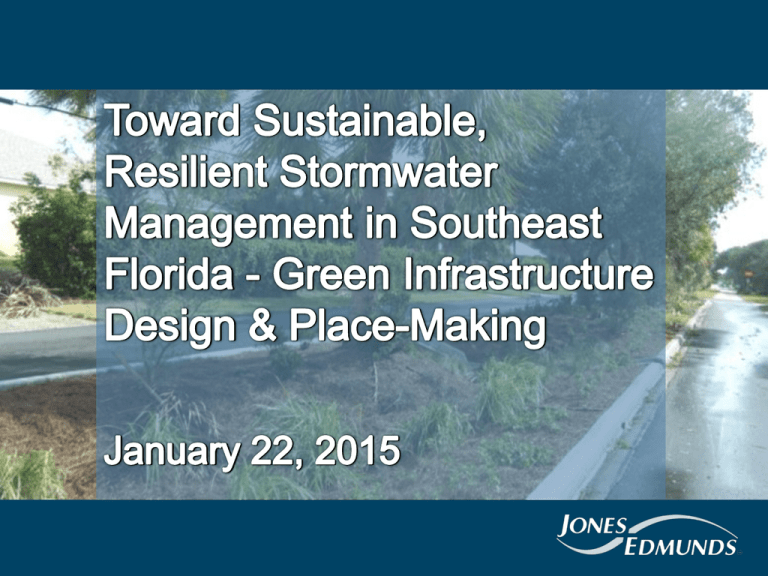
Click to edit section Click to edit section Click to edit section Low-Impact Development and Green Infrastructure - EPA Low-impact development is an approach to land development (or re-development) that works with nature to manage stormwater as close to its source as possible. LID employs principles such as preserving and recreating natural landscape features, minimizing effective imperviousness to create functional and appealing site drainage that treat stormwater as a resource rather than a waste product. Green infrastructure refers to systems and practices that use or mimic natural processes to infiltrate, evapotranspirate, or reuse stormwater or runoff on the site where it is generated. Click to edit section Click to edit section Click to edit section Old Style Development and Regulation Clear Fill Compact Make impervious Treat/attenuate centrally Click to edit section Click to edit section Click to edit section Low-Impact Development/Green Infrastructure Approach Maintain vegetation Minimize fill, compaction, and imperviousness Use vegetation and soils Promote infiltration Distribute treatment Click to edit section Click to edit section Click to edit section Low-Impact Development/Green Infrastructure Examples Site design • Conservation areas • Narrower streets Bioretention, boiswales, biofiltration Greenroof treatment systems Pervious pavement Stormwater reuse Click to edit section Click to edit section Click to edit section Historical Hurdles for LID/GI Practices Reasonable assurance SFWMD/FDEP Environmental Resource Permit • BMPs outside of easements • Difficulty in determining if functioning as designed • Magnitude makes inspection/enforcement impractical Lack of monitoring/ performance data Basin Management Action Plan Lack of local design criteria • May not be directly recognized in ERP process Click to edit section Click to edit section Click to edit section Helping with Regulatory Acceptance Click to edit section Click to edit section Click to edit section Inadequacy of Conventional BMPs Source: Evaluation of Current Stormwater Design Criteria within the State of Florida (Harper and Baker, 2007) Click to edit section Click to edit section Click to edit section Town of Melbourne Beach Challenges Facing large TMDL goal Regional projects difficult Lack of real estate for improvements Crowned median, grassed edging Expensive cost of property acquisition Impervious areas directly connected Click to edit section Click to edit section Click to edit section Sunset Blvd Project Elements 1,000 LF median bioretention swale Use of curb and flumes to protect median Pervious pavers at median ends Normal Flow . Native plants used, especially on west end with higher groundwater table Areas in front of lots graded for rain garden at resident’s request Overflow during extreme events Click to edit section Click to edit section Click to edit section . West End Pre and Post Construction Click to edit section Click to edit section Click to edit section East End Pre and Post Construction Click to edit section Click to edit section Click to edit section Sunset Blvd Performance Town received approximately 8 inches of rainfall October 7 - 9, 2011 Visual monitoring performed No runoff observed Click to edit section Click to edit section Click to edit section Questions Click to edit section Click to edit section Click to edit section


